The jewelry business is beautiful, but managing its finances can be a real headache. From tracking precious metals to calculating complex pricing, jewelry accounting involves many moving parts that can easily lead to costly mistakes. Human errors in financial records don’t just affect your bottom line – they can damage customer trust, create compliance issues, and cause major headaches during tax season.
Fortunately, smart automation is changing the game for jewelry businesses worldwide. By reducing manual data entry and streamlining financial processes, automated jewelry accounting systems are helping business owners sleep better at night while growing their profits.
Why Jewelry Accounting Is So Challenging
Managing finances in the jewelry industry comes with unique challenges that don’t exist in other retail businesses. Unlike selling clothes or electronics, jewelry involves precious materials whose values fluctuate daily. A gold ring purchased last month might be worth significantly more or less today based on market conditions.
The complexity doesn’t stop there. Jewelry businesses often deal with:
- Custom orders with varying materials and labor costs
- Consignment pieces with different commission structures
- Repairs and modifications that require detailed tracking
- Insurance claims and appraisals
- Multiple pricing tiers for wholesale and retail customers
Each of these scenarios requires careful documentation and precise calculations. When everything is done manually, mistakes are almost inevitable. A simple typo when entering metal weights or a missed decimal point in pricing can result in hundreds or thousands of dollars in losses.
Common Human Errors in Jewelry Accounting
Understanding the most frequent mistakes in jewelry accounting helps explain why automation has become so valuable. These errors might seem small individually, but they add up quickly and can seriously impact your business.
Inventory tracking errors are equally problematic. Jewelry pieces are small, valuable, and easy to misplace or miscategorize. Without proper systems, businesses often struggle to know exactly what they have in stock, leading to overselling, underselling, or the complete loss of valuable items.
Pricing calculations present another major challenge. Jewelry pricing involves multiple factors, including material costs, labor, overhead, and desired profit margins. When these calculations are done manually, especially under time pressure, mistakes happen frequently. This can result in selling pieces for less than their actual cost or pricing items so high that customers walk away.
Tax and compliance errors create long-term problems that can be expensive to fix. Jewelry businesses must track sales tax correctly, maintain proper records for precious metal transactions, and comply with various regulations. Manual record-keeping makes it easy to miss important details or calculate taxes incorrectly.
How Smart Automation Transforms Jewelry Accounting
- Smart automation addresses these challenges by removing much of the manual work that leads to errors. Modern jewelry accounting software can handle complex calculations, track inventory automatically, and maintain accurate financial records with minimal human intervention.
- Automated data entry is one of the biggest game-changers. Instead of manually typing information, modern systems can scan barcodes, import data from point-of-sale systems, and even recognize patterns to suggest likely entries. This dramatically reduces typos and ensures information is recorded consistently across all transactions.
- Real-time inventory tracking eliminates the guesswork from stock management. Advanced systems can track each piece of jewelry from purchase through sale, automatically updating quantities and values as transactions occur. Some systems even use RFID tags or other technologies to physically track items within the store.
- Automated pricing calculations ensure consistency and accuracy. The software can factor in current metal prices, labor costs, overhead expenses, and desired profit margins to suggest optimal pricing. When market conditions change, the system can automatically adjust prices across your entire inventory.
- Integration capabilities allow different business systems to work together seamlessly. Your point-of-sale system can automatically update your accounting records, which then update your inventory management system. This eliminates the need to enter the same information multiple times and reduces opportunities for errors.
- Automated reporting provides insights that would be difficult or impossible to calculate manually. You can instantly see which products are most profitable, track seasonal trends, monitor cash flow, and identify potential problems before they become serious issues.
Key Benefits of Automated Jewelry Accounting Systems
- The advantages of implementing smart automation in jewelry accounting extend far beyond simple error reduction. These systems provide comprehensive benefits that can transform how your business operates.
- Accuracy improvements are immediate and significant. Automated systems eliminate most calculation errors, ensure consistent data entry, and maintain precise inventory records. This accuracy translates directly into better financial performance and reduced losses from mistakes.
- Time savings free up valuable resources for growing your business. Instead of spending hours on manual bookkeeping, you and your staff can focus on customer service, marketing, and business development. Many tasks that previously took hours can now be completed in minutes.
- Cost reduction comes from multiple sources. Fewer errors mean less money lost to mistakes. Improved efficiency reduces labor costs. Better inventory management minimizes dead stock and prevents overselling. More accurate financial data leads to better business decisions that improve profitability.
- Compliance becomes much easier when your system automatically tracks required information and generates necessary reports. Tax preparation becomes straightforward when all transactions are properly categorized and documented throughout the year.
Essential Features to Look for in Accounting Software
- Not all accounting software is created equal, especially when it comes to the unique needs of jewelry businesses. Understanding which features are most important helps ensure you choose a system that will truly solve your problems.
- Precious metal tracking capabilities are essential. The software should automatically update metal values based on current market prices and calculate the impact on your inventory values. It should handle different metal types, purities, and weights accurately.
- Gemstone and diamond tracking requires specialized features that most general accounting software lacks. Look for systems that can track the four Cs of diamonds, handle different gemstone types and qualities, and maintain detailed records for insurance and certification purposes.
- Custom order management helps track complex jobs from initial consultation through final delivery. The system should handle deposits, progress payments, material costs, and labor tracking while providing clear visibility into project profitability.
- Consignment tracking manages the unique challenges of selling items you don’t own. The software should track consignor information, commission rates, and payment schedules, and provide detailed reporting for both you and your consignors.
- Repair and service tracking maintains detailed records of work performed, parts used, and time invested. This information is crucial for warranty claims, insurance purposes, and building customer service histories.
Measuring Success and ROI of Jewelry Accounting Automation
Implementing automated jewelry accounting systems requires investment, so it’s important to measure the results and ensure you’re achieving the expected benefits. Error reduction can be measured by comparing mistake rates before and after implementation. Track metrics like inventory discrepancies, pricing errors, and financial reconciliation issues to quantify improvements.
Time savings are often easier to measure than many business owners expect. Document how long various tasks took before automation and compare to current timeframes. Don’t forget to factor in time saved on error correction and reconciliation.
Financial impact includes both direct savings from fewer errors and indirect benefits from better decision-making. Track metrics like inventory turnover, gross margins, and customer satisfaction to understand the broader impact. Customer satisfaction improvements can be measured through feedback, return rates, and repeat business. Better accuracy and faster service often lead to happier customers and increased sales.
Getting Started with Jewelry Accounting Automation
If you’re ready to eliminate human errors and streamline your jewelry business finances, the key is choosing the right system and implementing it thoughtfully. Start by clearly defining your needs, researching available options, and selecting software that specifically addresses the unique challenges of jewelry accounting.
Remember that automation is not about replacing human judgment; it’s about eliminating routine errors and freeing up your time for more strategic work. The goal is to create a system that handles the tedious, error-prone tasks automatically while providing you with better information for making important business decisions.
Smart automation in jewelry accounting isn’t just about preventing mistakes; it’s about transforming your business operations to be more efficient, accurate, and profitable. With the right system in place, you can focus on what you do best: creating beautiful jewelry and serving your customers, while having confidence that your financial records are accurate and complete.
Conclusion
The jewelry industry has always been about precision, craftsmanship, and attention to detail. These same principles should apply to your jewelry accounting practices. Manual bookkeeping and traditional accounting methods may have worked in the past, but today’s competitive market demands greater accuracy, efficiency, and insight than human-only processes can reliably provide.
Smart automation in jewelry accounting isn’t just a luxury; it’s becoming a necessity for businesses that want to thrive. The cost of human errors, from simple data entry mistakes to complex inventory miscalculations, can quickly add up to thousands of dollars in losses. More importantly, these errors can damage customer relationships, create compliance issues, and prevent you from making informed business decisions.
FAQs
Answer: Jewelry accounting involves unique challenges like tracking precious metal price fluctuations, managing custom orders with varying materials, handling consignment pieces, and maintaining detailed records for insurance and appraisals. These complexities require specialized features that general accounting software often lacks.
Answer: Yes, quality jewelry accounting software includes custom order management features that track projects from consultation to delivery, including deposits, progress payments, material costs, and labor time. This ensures accurate profitability tracking for each custom piece.
Answer: Absolutely. Many systems are specifically designed for small jewelry businesses and offer scaled pricing. Even basic automation can eliminate common errors and save significant time, making it worthwhile for businesses of all sizes.

